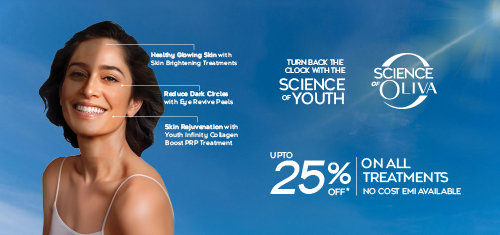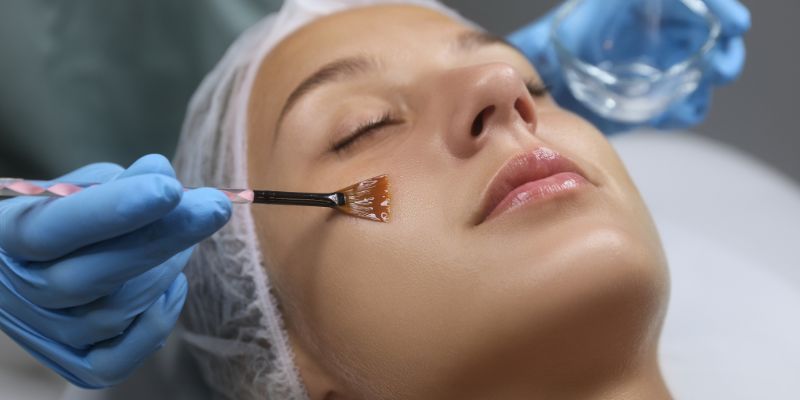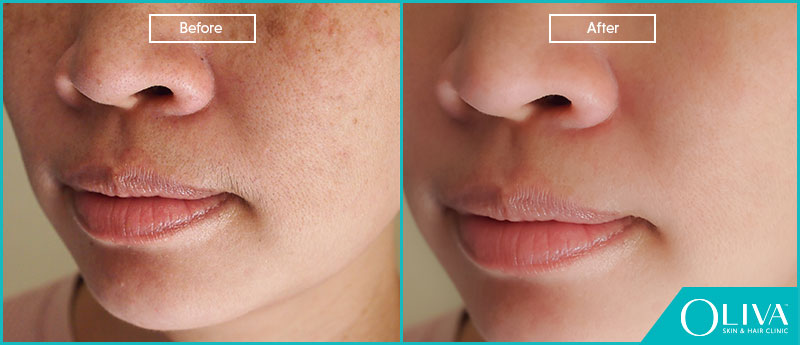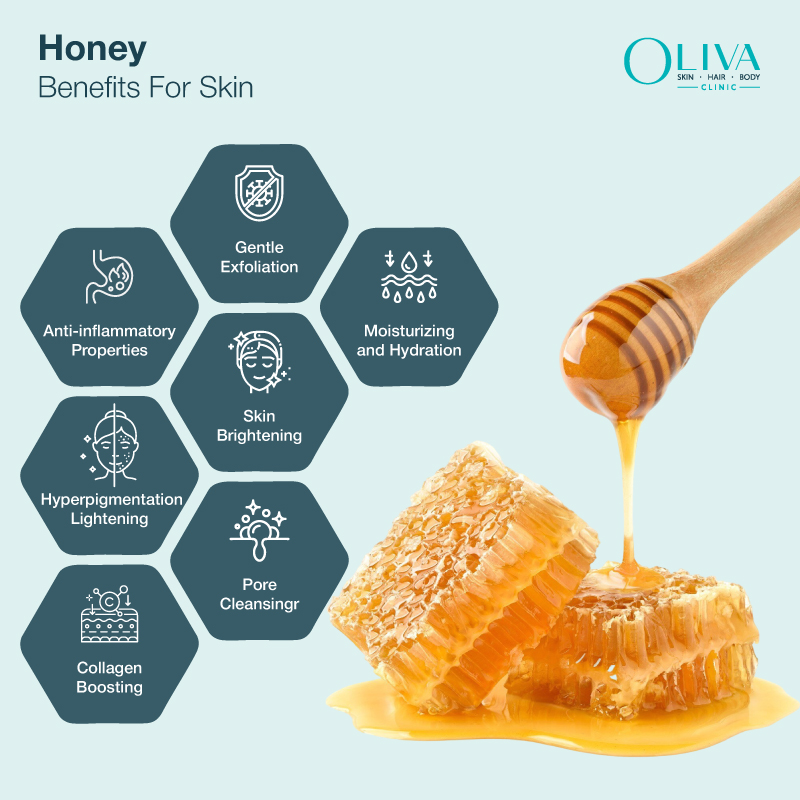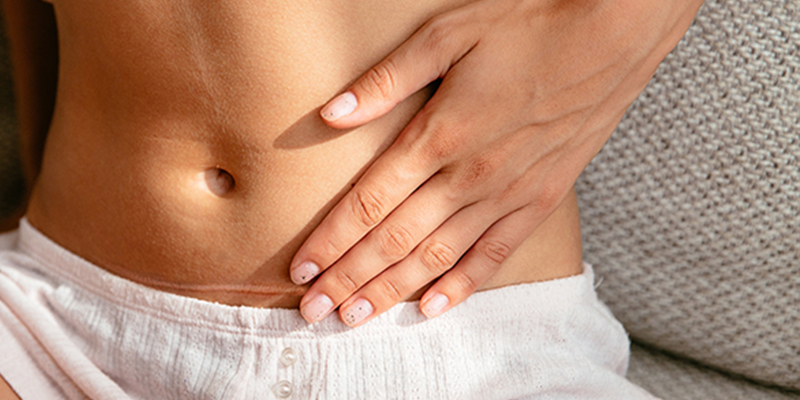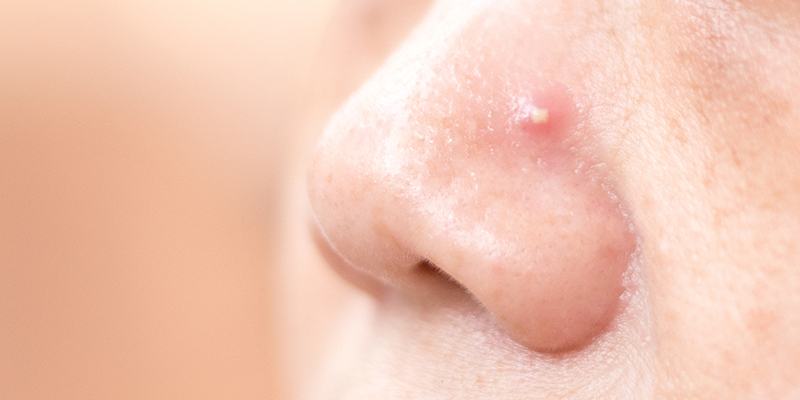Chemical Peel: Benefits, Procedure And Side Effects
Chemical peel, also known as chemexfoliation or derma peeling, is a clinical procedure that makes use of plant-based chemical solutions to exfoliate the skin. Depending upon the need of the client, a dermatologist may recommend a peel from a range of strengths: superficial peels that reach superficial layers of the skin or deeper ones that penetrate several microlayers of skin.
The idea of chemical peel treatments invites many questions about their mechanism of action. Here are all the details you need before you opt for this procedure.
What Is Chemical Peel Treatment?
A chemical peel treatment is a skin rejuvenating procedure, which makes use of mild acids derived from natural sources of varying strengths to exfoliate the upper layers of the skin in a controlled manner, followed by regeneration of new healthier layers. The chemical solution once applied to the skin, triggers the controlled removal of the upper layers. Chemical peel treatment is a standardised procedure that helps even out skin texture and improves its appearance. It also helps reduce the excess accumulated pigment in the form of spots or marks as it eliminates the layers of dead skin.
Benefits Of Chemical Peel Treatment
Dermatologists recommend the application of suitable chemical peels depending upon your concerns to get a healthier & evenly toned skin. Thanks to this, a chemical skin peel offers the following benefits –
- Chemical peels help control acne breakouts by removing excess sebum, dead skin cells and dirt.
- It smoothens out the skin’s texture by healthy skin rejuvenation.
- It improves the complexion by reducing dark spots and discolouration.
- It firms and tones the skin by stimulating collagen and elastin production.
- It corrects post-inflammatory hyperpigmentation (PIH) secondary to conditions like acne etc.
- The treatment improves the appearance of the skin as it reduces the signs of ageing and sun damage.
- Chemical peels help lighten dark circles around the eyes to some extent.
- It addresses uneven skin caused due to suntan.
Must Watch:
Is Chemical Peel Suitable Only For Face?
A chemical peel is a popular treatment option for the skin on the face and neck. Dermatologists also use it for treating skin conditions on other areas of the body, including the following:
- Around the eyes
- Arms
- Back and shoulders
- Thighs
- Legs
- Feet and hands
Is Chemical Peel Safe For Skin?
It is a safe procedure with minimal side effects if performed under the supervision of a dermatologist with adequate priming and post care.
- It works on all skin types (i.e. oily, dry, combination, mature).
- Chemical peels are available in 3 strengths – superficial, medium and deep.
- Dermatologists select the type and strength of the peel after evaluating your skin type and condition.
- A skin therapist applies the peel under the supervision of a dermatologist.
- The procedure is painless, though some people experience a mild stinging and burning sensation.
- The results are visible after a few sessions. One can notice optimal results two weeks after the treatment.
Must Read: How To Prevent Acne On Face?
Chemical Peeling Treatment Procedure
Chemical peeling is an outpatient procedure that takes less than an hour at skin clinics. The procedure includes three segments, beginning with pre-procedure basics. Then comes the treatment itself, and last of all, the post-procedural precautions.
How To Prepare For The Procedure?
Here are some of the pointers you need to bear in mind before undergoing a chemical peel session:
- It is crucial to share your health conditions and medical history during the initial consultation with your dermatologist before commencing the treatment.
- Follow the priming process as suggested by your dermatologist at least two weeks before the treatment procedure.
- Stop using retinoids, skin lightening creams, AHA’s and other chemical based priming creams at least three to five days before the scheduled peel treatment. However, continue applying appropriate dermatologist-prescribed moisturisers and sunscreens.
- The dermatologist will start the peeling treatment based on the results of a skin patch test conducted before the procedure.
What To Expect During the Procedure?
Here are some things you can expect during the procedure:
- The first step is to prepare the skin for treatment. Using a mild cleanser, the therapist will remove any grime or dirt and excess oil from the surface of the skin to ensure a uniform penetration of the peel.
- The therapist will apply a small amount of petroleum jelly (or another thick gel formulation), with a Q-tip, to mark out the sensitive areas, such as those surrounding the eyes, nose and mouth. This helps prevent any chemical solutions from entering these areas, protecting them in the process.
- The therapist will cover the eyes with cotton swabs soaked in water.
- Then she will apply the chemical peel gently all over the skin with a specialised brush under the supervision of the dermatologist.
- A mild tingling sensation is normal. In case you experience any significant discomfort, inform your dermatologist immediately.
- After the predetermined time, the therapist will use a cotton pad or neutralising spray to remove the peel from the face.
- Shortly after this, the therapist will apply a cold compress on the area to prevent any tingling or burning sensations. Alongside this, she will also hold a hand-held fan throughout the peel application period to provide additional cooling.
- Post neutralising, she will then apply a moisturiser and sunscreen to protect the skin further.
Must Read: How Much Does Chemical Peel Cost?
Chemical Peel Before and After Results
Here are the before and after images of chemical peel treatment:
When dermatologists follow a systematic protocol involving skin analysis, patch testing, peel application, and aftercare instructions, it minimises the risk of any unwarranted side effects and assures the best results.
Must Read: What’s The Best Peel For Acne And Scars?
Post Care Instructions And Recovery
Here are some of the precautions your doctor may suggest after the session to rule out significant side effects:
- If the skin is sensitive, red and mildly irritated post the chemical peel treatment, the dermatologist will share suitable instructions to minimise the temporary reaction.
- For some cases, he or she may prescribe over-the-counter anti-inflammatory medicines and advise the application of a cold compress to manage any swelling post-treatment.
Who Should Not Opt For A Chemical Peel?
It is advisable for people under 15 years of age, pregnant and lactating mothers that they avoid undergoing chemical peel treatment. Apart from this, there are specific contraindications for chemical peel which include –
- Hypersensitivity to aspirin for salicylic peel
- Significant erythema during the patch test
- Active infections on the skin
- Open injuries or wounds
- Pre-existing contact dermatitis, psoriasis, vitiligo and other koebnerising skin conditions
Now, you know all about chemical peels. Consult an experienced dermatologist to go for it safely and get ready to flaunt flawless skin!

